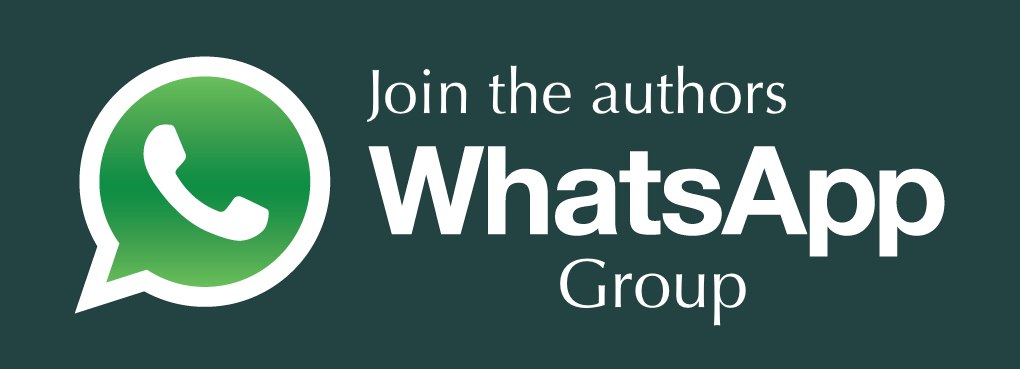Perencanaan Arsitektur Enterprise Menggunakan TOGAF ADM 9.2 Pada MTS Negeri 3 Kota Jambi
DOI:
 https://doi.org/10.37859/jf.v15i1.8248
https://doi.org/10.37859/jf.v15i1.8248
Abstract
Madrasah Tsanawiyah (MTs) Negeri 3 Kota Jambi merupakan lembaga pendidikan tingkat menengah pertama di Kota Jambi yang terus berupaya meningkatkan kualitas layanan akademik dan administrasi. Namun, penerapan sistem informasi di madrasah ini masih bersifat parsial dan belum sepenuhnya terintegrasi dengan kebutuhan strategis organisasi. Hal ini mengakibatkan ketidakefisienan dalam pengelolaan data dan penentuan kebijakan. Penelitian ini bertujuan untuk merancang arsitektur enterprise yang dapat mengintegrasikan sistem informasi yang ada dan menyelaraskannya dengan tujuan operasional sekolah, menggunakan framework TOGAF ADM 9.2 sebagai metodelogi penelitian. Riset ini menerapkan urutan fase dalam metode ADM TOGAF, yang mencakup fase Preliminary Phase, Architecture Vision, Business Architecture, Information Systems Architecture,dan Technology Architecture. Hasil dari penelitian ini adalah blueprint arsitektur yang komprehensif, yang mencakup desain entitas data, fungsi bisnis, serta aplikasi yang diusulkan, yang diharapkan dapat meningkatkan efisiensi dan efektivitas operasional sekolah. Dengan rancangan arsitektur ini, MTs Negeri 3 Kota Jambi dapat memiliki landasan yang lebih kuat dalam mengembangkan sistem yang lebih terstruktur, terintegrasi, dan dapat mendukung pertumbuhan serta inovasi di masa depan.
Downloads
References
A. Dennis, B. H. Wixom, and R. M. Roth, System Analysis and Design, 5th ed. USA: John Wiley & Sons, 2012.
Laporan (1).docx, dokumen penelitian MTs Negeri 3 Kota Jambi, Universitas Jambi, 2024.
B. Van Gils and S. Van Dijk, The Practice of Enterprise Architecture: Experiences, Techniques, and Best Practices. BiZZdesign, 2014.
The Open Group, TOGAF® Standard, Version 9.2, 2018.
D. N. A. Sista et al., “Perancangan Arsitektur Enterprise Sistem Informasi Menggunakan TOGAF ADM di SMA Negeri 1 Singaraja,” Jurnal Sains dan Teknologi, vol. 10, no. 2, pp. 316–328, 2021.
H. Irmayanti et al., “Pemodelan Arsitektur Enterprise Sekolah Menengah Pertama Negeri 1 Parigi untuk Penerapan Standar Nasional Pendidikan (SNP) Menggunakan TOGAF ADM 9.1,” Jurnal Tata Kelola dan Kerangka Kerja Teknologi Informasi, vol. 3, no. 1, pp. 57–70, 2017.
J. Smith, "Applying Enterprise Architecture in Education Sector," International Journal of IT Management, vol. 5, no. 2, pp. 45-58, 2020.
The Open Group, TOGAF® Standard, Version 9.2, 2018.
A. H. Fikri, W. Purnomo, and W. H. N. Putra, “Perancangan Enterprise Architecture Menggunakan TOGAF ADM pada PT. Hafintech Prima Mandiri,” Jurnal Pengembangan Teknologi Informasi dan Ilmu Komputer, vol. 4, no. 7, pp. 2032–2042, 2020.
Prawira, E. N. Azizah, and D. Astuti, “Perencanaan Arsitektur Enterprise Menggunakan Metode Togaf ADM Pada Puskesmas Mempawah,” Seminar Nasional Sistem Informasi dan Teknologi Informasi, 2018.
Sutrisno, D. P. Kristiadi, and D. Iskandar, “Pengembangan Arsitektur Enterprise Administrasi SMA Santo Leo 2 Jakarta Dengan Metode The Open Group Architecture Framework (Togaf),” Incomtech, vol. 6, no. 1, pp. 30–39, 2017.
T. Agustin, M. Mulyadi, and E. Effiyaldi, “Perencanaan Arsitektur Enterprise Klinik Inti Sehat Medika dengan TOGAF ADM,” Jurnal Ilmiah Media Sisfo, vol. 15, no. 2, pp. 129–137, 2021.
Downloads
Published
Issue
Section
License
Copyright Notice
An author who publishes in the Jurnal FASILKOM (teknologi inFormASi dan ILmu KOMputer) agrees to the following terms:
- Author retains the copyright and grants the journal the right of first publication of the work simultaneously licensed under the Creative Commons Attribution-ShareAlike 4.0 License that allows others to share the work with an acknowledgement of the work's authorship and initial publication in this journal
- Author is able to enter into separate, additional contractual arrangements for the non-exclusive distribution of the journal's published version of the work (e.g., post it to an institutional repository or publish it in a book) with the acknowledgement of its initial publication in this journal.
- Author is permitted and encouraged to post his/her work online (e.g., in institutional repositories or on their website) prior to and during the submission process, as it can lead to productive exchanges, as well as earlier and greater citation of the published work (See The Effect of Open Access).
Read more about the Creative Commons Attribution-ShareAlike 4.0 Licence here: https://creativecommons.org/licenses/by-sa/4.0/.












_(1).png)





